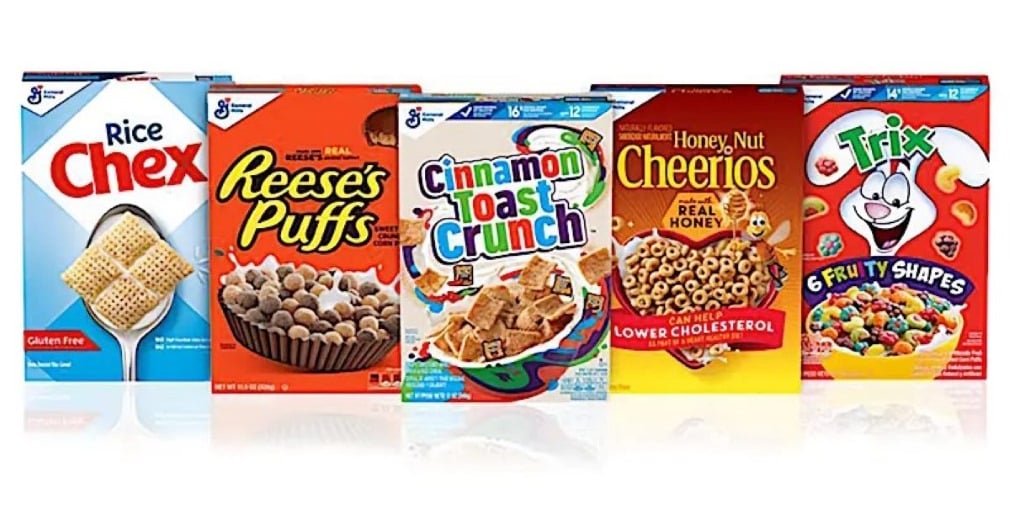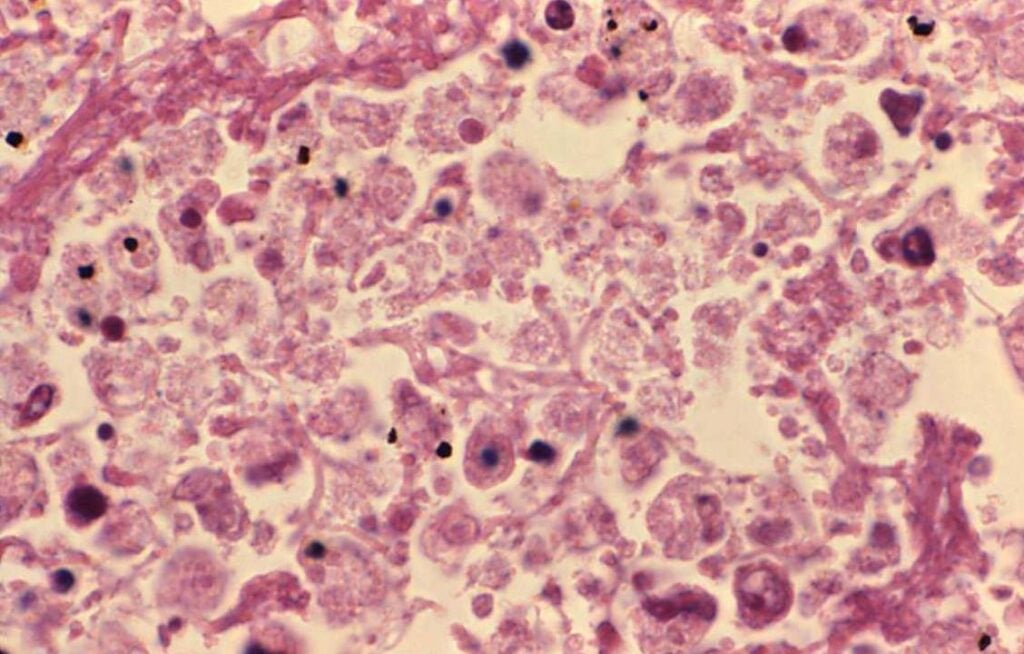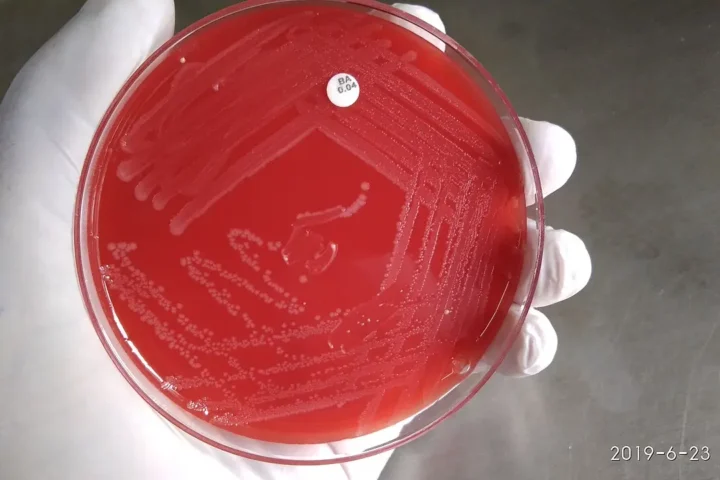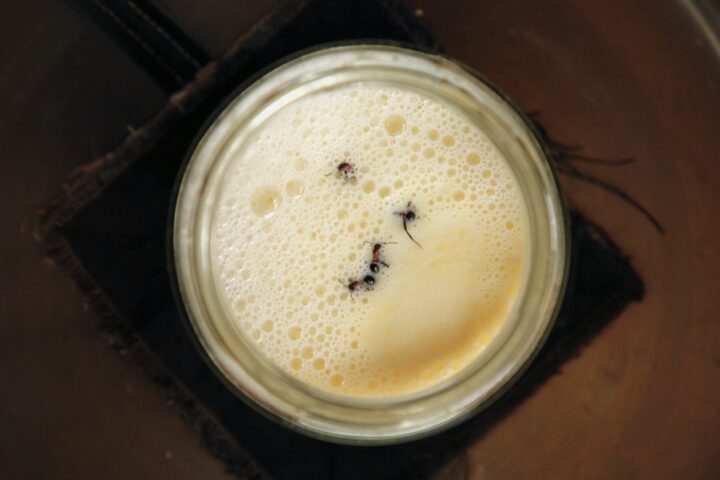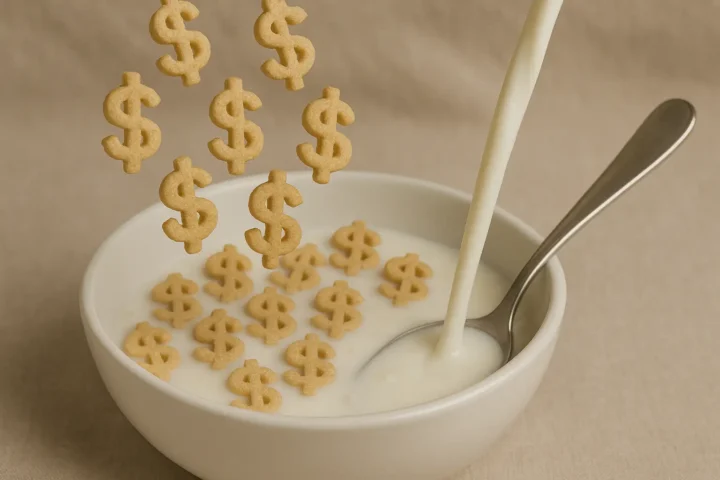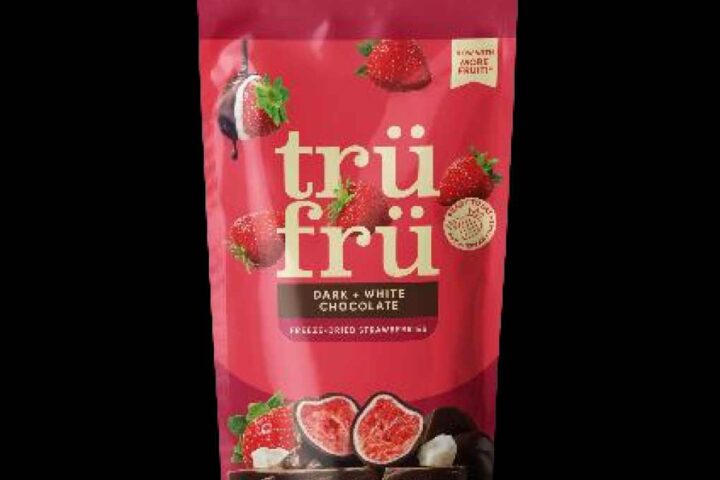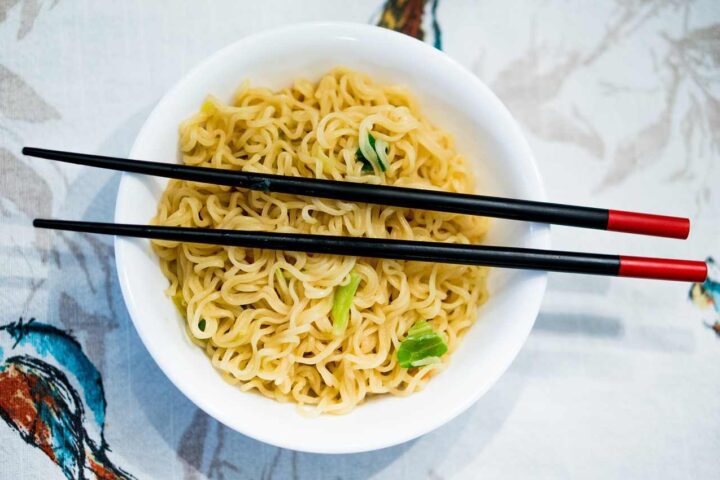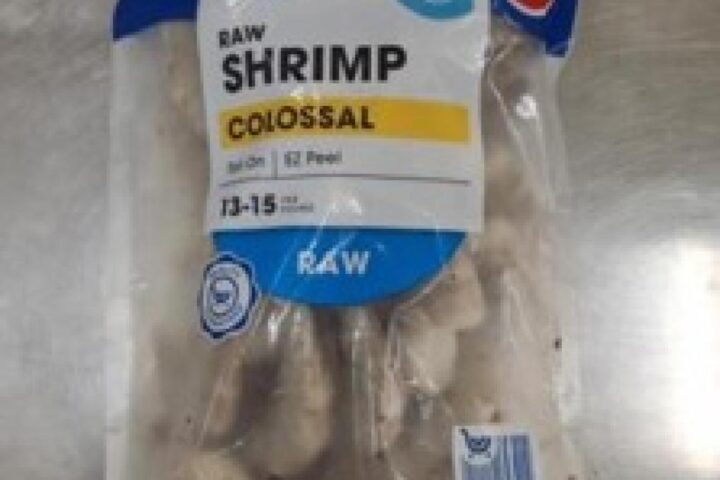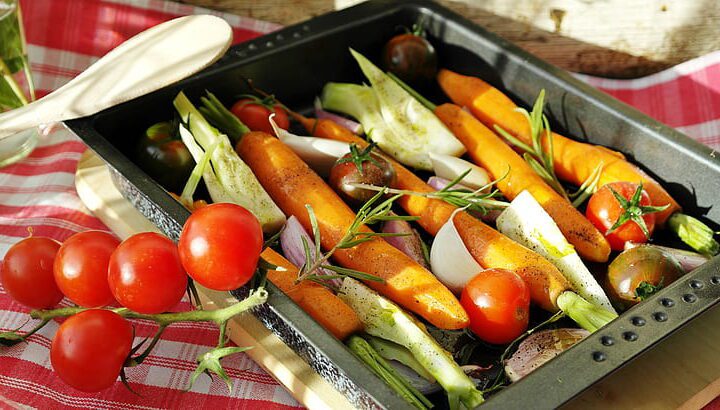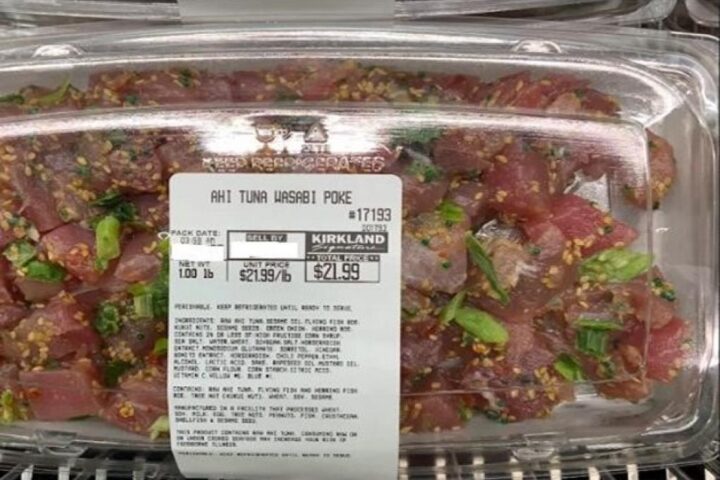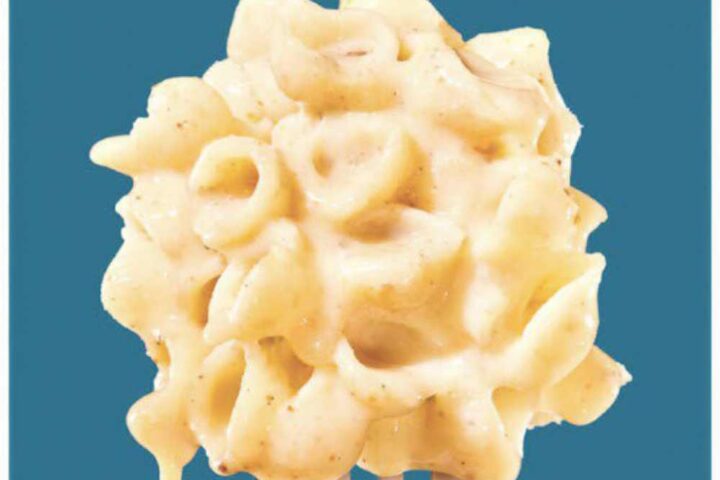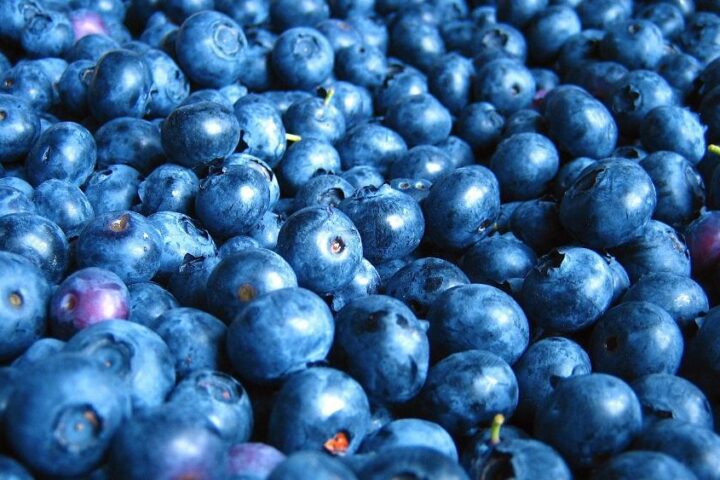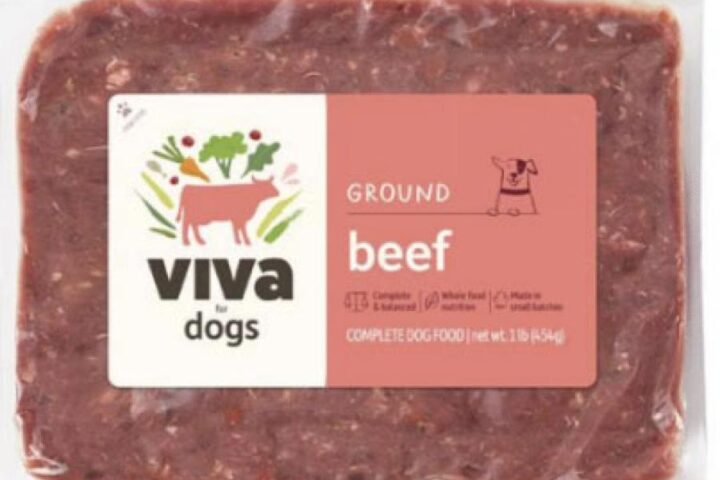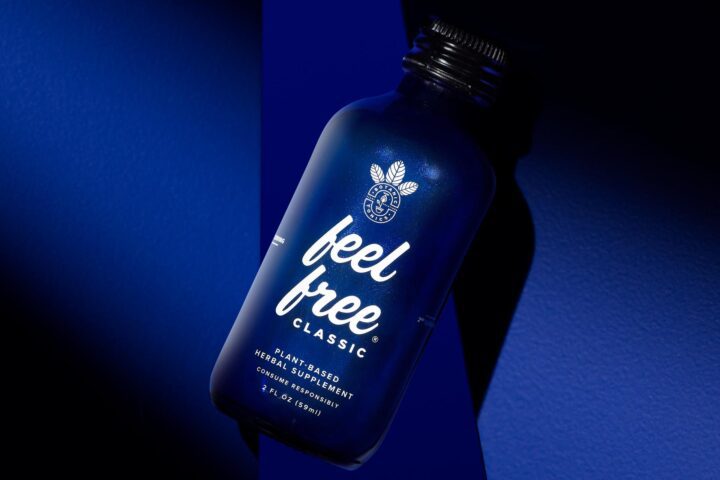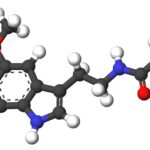Kraft Heinz and General Mills recently announced plans to remove artificial dyes from their U.S. products by the end of 2027. This change affects everything from cereals and candies to beverages and desserts containing synthetic colors.
What Are Artificial Food Dyes?
Artificial food dyes are synthetic chemicals that give foods vibrant colors. They were originally made from coal-tar byproducts in the 1880s but today come primarily from petroleum. Color Additives in Foods | FDA The most common ones include Red 40, Yellow 5, Yellow 6, Blue 1, Blue 2, and Green 3.
Food companies use these dyes to make products more visually appealing. Manufacturers often prefer synthetic dyes over natural alternatives because they create brighter, more consistent colors. Food Dyes: Harmless or Harmful? Since 1955, food dye consumption in the United States has increased fivefold, with just three dyes—Red 40, Yellow 5, and Yellow 6—making up 90% of all food dyes used. DIET AND NUTRITION: The Artificial Food Dye Blues – PMC
Why Companies Are Making This Change
The FDA introduced plans in April to phase out petroleum-based dyes by the end of 2026. Health concerns about these dyes include potential behavioral problems in children and possible cancer risks from long-term exposure. What is food dye? | Environmental Working Group
Health and Human Services Secretary Robert F. Kennedy Jr. has been actively encouraging food manufacturers to eliminate these dyes, describing them as “poisonous compounds” that offer no nutritional benefits while potentially harming children’s health.
The European Union already requires warning labels on foods containing certain artificial dyes, stating they “may have an adverse effect on activity and attention in children.” What is food dye? | Environmental Working Group Several U.S. states, including California and West Virginia, are also working on restrictions.
Similar Posts
Progress Already Made
Both companies report significant progress:
- Kraft Heinz says nearly 90% of its U.S. products are already artificial dye-free. Products still containing dyes include some Crystal Light, Kool-Aid, Jell-O, and marshmallow items.
- General Mills reports 85% of its U.S. retail portfolio and most school foods are already made without artificial colors.
Natural Alternatives Being Used
Instead of synthetic dyes, companies can use natural colorings from plants, minerals, or other natural sources. Food coloring – Wikipedia These include:
- Beetroot and paprika for reds
- Turmeric and annatto for yellows and oranges
- Spirulina for blues and greens
While natural colorings can cost more and sometimes affect flavor, they’re generally considered safer alternatives. Food Dyes: Harmless or Harmful?
How to Spot Artificial Dyes
Consumers can identify artificial dyes by checking ingredient labels on food packages. Finding (and Avoiding) Artificial Food Dyes ⋆ 100 Days of Real Food Look for these names:
- Red No. 40 (Allura Red)
- Yellow No. 5 (Tartrazine)
- Yellow No. 6 (Sunset Yellow)
- Blue No. 1 (Brilliant Blue)
- Blue No. 2 (Indigo Carmine)
- Green No. 3 (Fast Green)

These dyes appear in surprising products beyond obvious colorful foods, including items like smoked salmon, yogurt, salad dressings, and even white-colored foods like frosting. Why Foods With Artificial Dyes Should Have Warning Labels
This industry shift represents growing consumer demand for simpler, more natural ingredients in food, bringing U.S. food standards closer to international practices.
